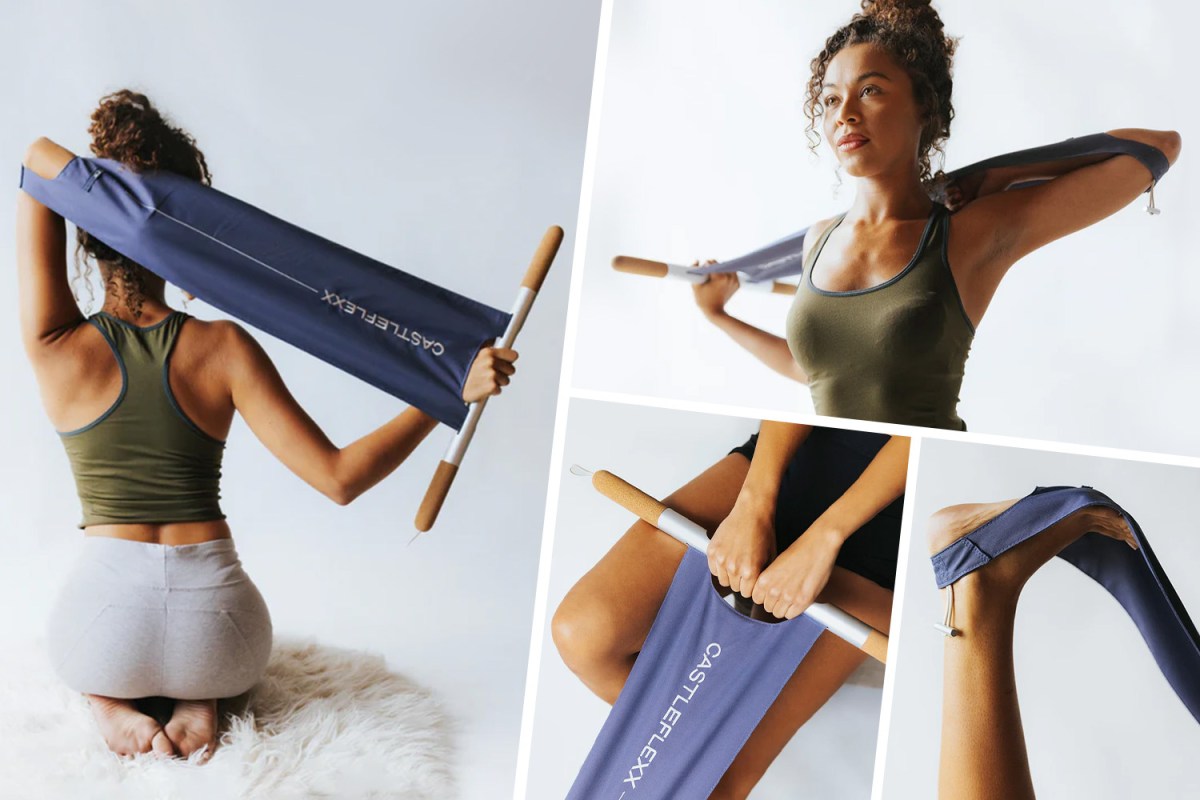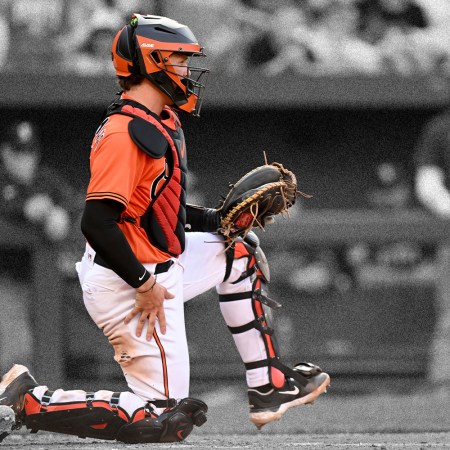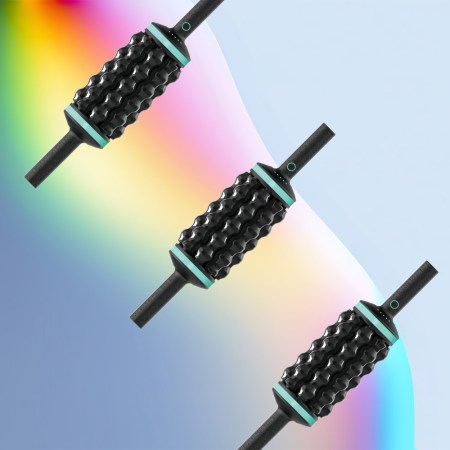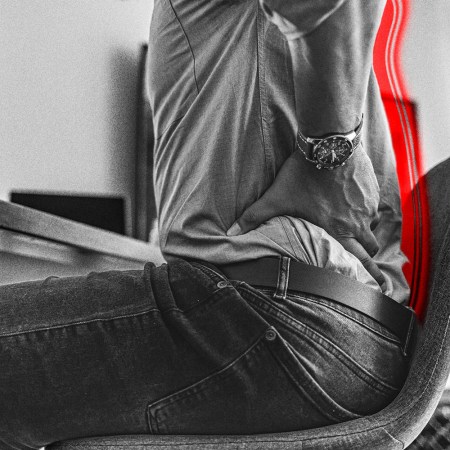It’s a national pastime for baseball fans to hem and haw over how injured their favorite MLB team is. But if you’re an Atlanta Braves fan, you probably haven’t had too much to complain about in recent years. On the road to the franchise’s World Series win in 2021, the Braves had zero non-impact injuries.
That was thanks in part to the CastleFlexx, an invention that Dan Castle convinced the Braves team doctor to introduce to players.
A businessman and Atlanta native, Castle had suffered a sports injury of his own years before; he had a pair of herniated discs and little hope that his chronic back pain would ever relent. It lasted 10 years, stiff-arming whatever he threw its way (PT, massage, resistance bands, acupuncture).
Eventually, he started looking into developing his own solution, and concluded that he needed a piece of equipment that would more effectively pull back the toes to catalyze the entire posterior chain. It’s a concept called toe dorsiflexion. None of the methods he’d tried could effectively get those toes firing. The CastleFlexx is pretty good at doing so, though, along with releasing one’s entire back in the process. Castle’s invention is now the touchstone of a buzzy recovery brand that caters to middle relievers and weekend warriors, alike.
We’ve had the pleasure of testing it ourselves over the last month or so, and our only regret is that we didn’t get our hands on one ahead of running the New York Marathon this fall. Below, we dig into how the thing works, and why it works.
What Is It, Exactly?
At first glance, the CastleFlexx looks like a towel hanging from a bar. But it’s a bit more high-tech than that: the bar’s made from sandblasted aluminum with cork handles, while the canvas is made from stretchy-yet-snug RPET (recycled plastic bottles).
The tool is very intuitive. While lying back on a mat, unfurl the towel and slot your heel into an opening at the bottom of the canvas sleeve. This is what the CastleFlexx folks like to call the “pendulum position.” Here’s a helpful graphic.
In this mode, your toes fully flexed back, you move through a full progression, stretching the plantar fascia, then the calves, then the hamstrings, then the hips and lower back. Your leg should tick up into the air like a clock-hand going in reverse.
Why We Love It
The first time I tested out the CastleFlexx, I let out an audible “Woah.” That’s probably a familiar refrain in the Braves clubhouse. What’s so great about it? Well, even in a golden age for recovery fitness equipment writ large, stretching-specific equipment has innovated at a glacial pace.
But the CastleFlexx feels like a live and breathing stretch buddy is right there with you, supporting your leg and pushing it back in kind. The clever design at the bottom of the cloth ensures that the bottom of foot will always face the ceiling (sometimes, when using janky, old-school straps, it’s a battle to keep the foot upright and static at all).
In other words, you have a ton of control. Instead of huffing and puffing through a routine, or cutting it short because it doesn’t feel like the session’s going anywhere, you can slowly move through pendulum progressions, graduate into a IT band strap stretch (by moving your leg across the body), or even target muscles like the peroneus longus, which are susceptible to strains but notoriously hard to reach. Some other points to consider?
- It doesn’t rope-burn your skin: It’s quite soft, actually.
- It isn’t restricted to your lower half: You can loop your elbow into that opening and hit the shoulders. They actually have a video on their YouTube channel for baseball players, to this effect.
- It allows for “active stretching”: You can also work out with it. If you put your foot into the opening, you can “curl” your lower half (the way people work out with a towel), except this tool’s way more reliable.
- It doesn’t take long: Think 10 minutes a day for progress. Make it a part of your routine. This thing will be in every PT studio soon, anyway. But we recommend getting acquainted with it now…so you don’t end up in a PT studio.
Whether you’re looking to get into shape, or just get out of a funk, The Charge has got you covered. Sign up for our new wellness newsletter today.


















